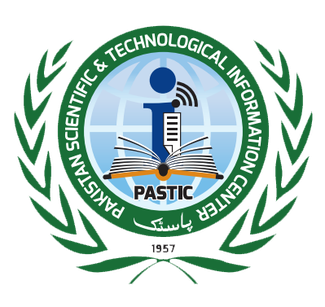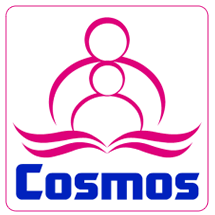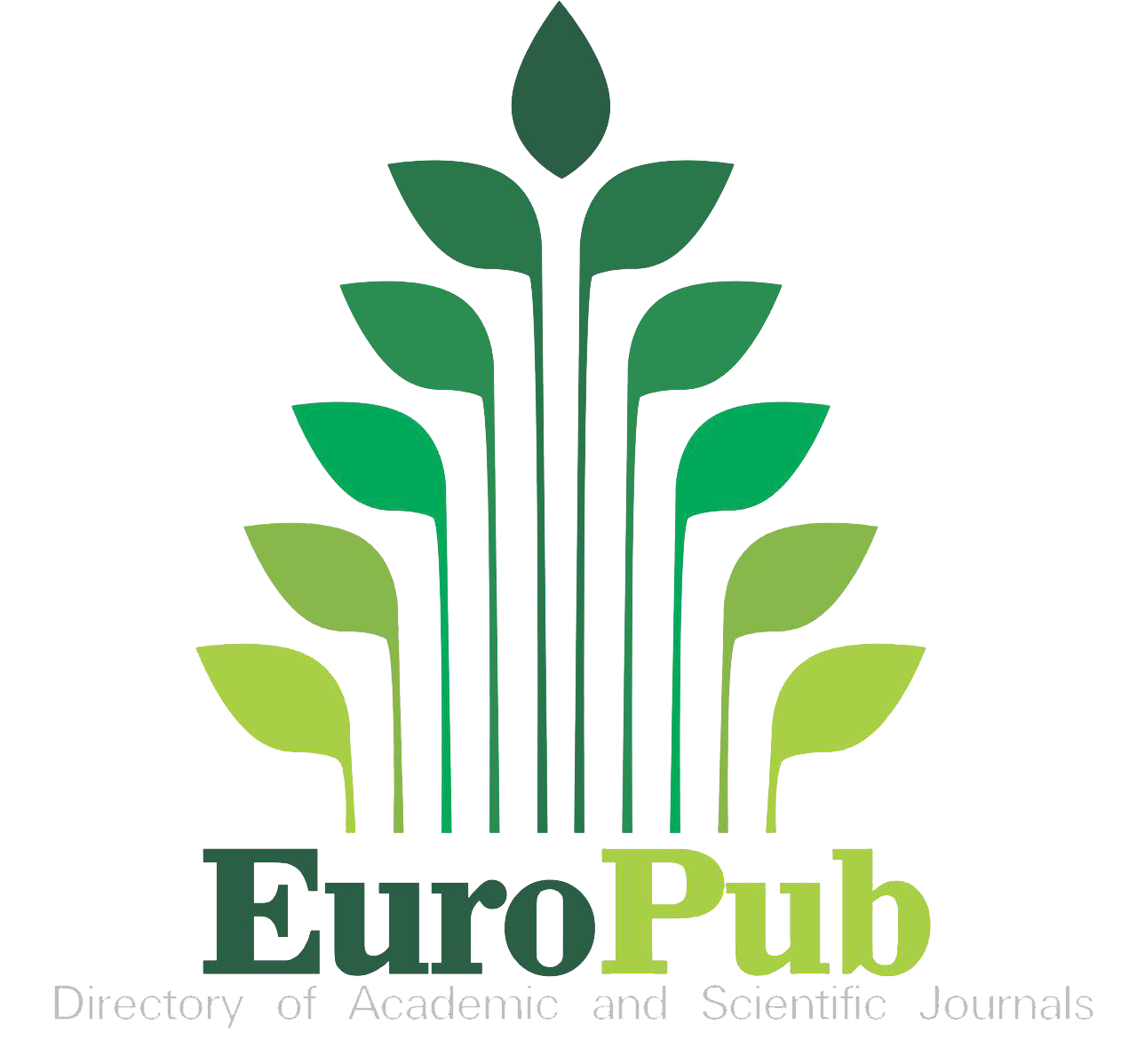AI-Based Resource Efficient Image Classifier for Skin Lesions
Keywords:
Skin Cancer, Skin Diseases, Deep Learning, Multi-Class classification, AI, Medical Diagnosis, YOLOv11Abstract
Skin cancer and other skin diseases are significant health concerns, and early diagnosis is essential for effective treatment. Traditional diagnostic methods, such as clinical examination and histopathological analysis, are time-consuming, require specialized expertise, and often cause delays in treatment. AI models have the potential to transform this process. While previous research has primarily focused on skin cancer or specific skin diseases, this study takes a broader approach by introducing a novel multiclass classification model. We created a unique dataset combining images from publicly available datasets and new images collected using mobile cameras. The dataset consists of three types of skin cancer and six categories of skin diseases, with both mobile camera and dermoscopic images included. In total, we gathered 6,820 skin lesion images, 4,957 from public datasets, and 1,863 new images to enhance the dataset. Various deep learning models, including VGG16, ResNet50, DenseNet121, MobileNet, and a custom CNN, were tested. While these models performed well with dermoscopy images, they struggled with mobile images. To address this, we implemented a new classification model, YOLOv11, for multiclass classification. This model achieved an impressive 97.5% overall accuracy, with an F1 score of 0.97503, and 99% accuracy for each class, handling both dermoscopy and mobile images effectively.
References
A. J. Kathleen A Cronin , Susan Scott, Albert U Firth, Hyuna Sung, S Jane Henley, Recinda L Sherman, Rebecca L Siegel, Robert N Anderson, Betsy A Kohler, Vicki B Benard, Serban Negoita, Charles Wiggins, William G Cance, “Annual report to the nation on the status of cancer, part 1: National cancer statistics,” Cancer, vol. 128, no. 24, pp. 4251–4284, 2022, doi: 10.1002/cncr.34479.
J. M. R. Ilana D. Breen, “Why is skin cancer risk elevated at higher altitudes?,” Front. young minds, 2022, [Online]. Available: https://kids.frontiersin.org/articles/10.3389/frym.2022.615634/full
A. J. D. Freddie Bray, Mathieu Laversanne, Hyuna Sung, Jacques Ferlay ME, Rebecca L. Siegel , Isabelle Soerjomataram, “Global cancer statistics 2022: GLOBOCAN estimates of incidence and mortality worldwide for 36 cancers in 185 countries,” CA. Cancer J. Clin., 2024, doi: https://doi.org/10.3322/caac.21834.
B. F. Ferlay J, E.M., Lam F, Laversanne M, Colombet M, Mery L, Piñeros M, Znaor A, Soerjomataram I, “Global Cancer Observatory: Cancer Today,” Int. Agency Res. Cancer, 2024, [Online]. Available: https://gco.iarc.fr/today/en
E. C. Carolina Donelli, Mariano Suppa, Linda Tognetti, Jean Luc Perrot, Laura Calabrese, Javiera Pérez-Anker, Josep Malvehy, Pietro Rubegni, “Line-Field Confocal Optical Coherence Tomography for the Diagnosis of Skin Carcinomas: Real-Life Data over Three Years,” Curr. Oncol, vol. 30, no. 10, pp. 8853–8864, 2023, doi: https://doi.org/10.3390/curroncol30100639.
“ISIC 2018 | ISIC 2018: Skin Lesion Analysis Towards Melanoma Detection.” Accessed: Feb. 28, 2022. [Online]. Available: https://challenge2018.isic-archive.com/
C. R. & H. K. Philipp Tschandl, “The HAM10000 dataset, a large collection of multi-source dermatoscopic images of common pigmented skin lesions,” Sci. Data Vol., vol. 5, no. 180161, 2018, doi: https://doi.org/10.1038/sdata.2018.161.
“GitHub - ultralytics/ultralytics: NEW - YOLOv8 ???? in PyTorch > ONNX > OpenVINO > CoreML > TFLite.” Accessed: May 06, 2024. [Online]. Available: https://github.com/ultralytics/ultralytics
S.-W. L. Ahmad Naeem, Tayyaba Anees, Mudassir Khalil, Kiran Zahra, Rizwan Ali Naqvi, “SNC_Net: Skin Cancer Detection by Integrating Handcrafted and Deep Learning-Based Features Using Dermoscopy Images,” Mathematics, vol. 12, no. 7, p. 1030, 2024, doi: https://doi.org/10.3390/math12071030.
M. Silva, Brunna Carolinne Rocha, Oliveira, Bruno De Azevedo, Pra, Renata, Paiva, Joselisa, Loureiro, Rafael Maffei, Calixto, Wesley P., Reis, Mrcio R. C., and GiavinaBianchi, “Artificial intelligence for skin cancer detection and classification for clinical environment: a systematic review,” Front. Media, vol. 10, 2023, doi: https://doi.org/10.3389/fmed.2023.1305954.
Rizwan Ali, A. Manikandan, Rui Lei, Jinghong Xu, “A Novel Spasa Based Hyper-Parameter Optimized Fcedn for Adaptive Cnn Classification for Skin Cancer Detection,” Heliyon, p. 36, 2023, [Online]. Available: https://papers.ssrn.com/sol3/papers.cfm?abstract_id=4480342
J. T. Maryam Tahir, Ahmad Naeem, Hassaan Malik, “DSCC_Net: Multi-Classification Deep Learning Models for Diagnosing of Skin Cancer Using Dermoscopic Images,” Cancers (Basel)., vol. 15, no. 7, p. 2179, 2023, doi: https://doi.org/10.3390/cancers15072179.
M. M. Sobia Bibi, Muhammad Attique Khan, Jamal Hussain Shah, Robertas Damaševičius, Areej Alasiry, “MSRNet: Multiclass Skin Lesion Recognition Using Additional Residual Block Based Fine-Tuned Deep Models Information Fusion and Best Feature Selection,” Diagnostics, vol. 13, no. 19, p. 3063, 2023, doi: https://doi.org/10.3390/diagnostics13193063.
S.-W. L. Ahmad Naeem, Tayyaba Anees, Makhmoor Fiza, Rizwan Ali Naqvi, “SCDNet: A Deep Learning-Based Framework for the Multiclassification of Skin Cancer Using Dermoscopy Images,” Sensors, vol. 22, no. 15, p. 5652, 2022, doi: https://doi.org/10.3390/s22155652.
V. N. M. A. and F. F. H. L. Gururaj, N. Manju, A. Nagarjun, “DeepSkin: A Deep Learning Approach for Skin Cancer Classification,” IEEE Access, vol. 11, pp. 50205–50214, 2023, doi: 10.1109/ACCESS.2023.3274848.
R. H. Ehsan Bazgir, Ehteshamul Haque, Md. Maniruzzaman, “Skin cancer classification using Inception Network,” World J. Adv. Res. Rev., vol. 21, no. 2, pp. 839–849, 2024, doi: https://doi.org/10.30574/wjarr.2024.21.2.0500.
M. A. H. & A. M. S. Neven Saleh, “Skin cancer classification based on an optimized convolutional neural network and multicriteria decision-making,” Sci. Rep., vol. 14, p. 17323, 2024, doi: https://doi.org/10.1038/s41598-024-67424-9.
N. S. Vipin Venugopal, Navin Infant Raj, Malaya Kumar Nath, “A deep neural network using modified EfficientNet for skin cancer detection in dermoscopic images,” Decis. Anal. J., vol. 8, p. 100278, 2023, doi: https://doi.org/10.1016/j.dajour.2023.100278.
J. A. Muhammad Zia Ur Rehman, Fawad Ahmed, Suliman A. Alsuhibany, Sajjad Shaukat Jamal, Muhammad Zulfiqar Ali, “Classification of Skin Cancer Lesions Using Explainable Deep Learning,” Sensors, vol. 22, no. 10, p. 6915, 2022, doi: https://doi.org/10.3390/s22186915.
K. M. Javed Mehedi, Bhowmik, Shohag Kumar, Jonkman, Mirjam, Hasib, Khan Md., and Ahmed, “SkinNet-16: A deep learning approach to identify benign and malignant skin lesions,” Front. Oncol, vol. 12, 2022, doi: https://doi.org/10.3389/fonc.2022.931141.
L. A. A. Talha Mahboob Alam, Kamran Shaukat, Waseem Ahmad Khan, Ibrahim A. Hameed, “An Efficient Deep Learning-Based Skin Cancer Classifier for an Imbalanced Dataset,” Diagnostics, vol. 12, no. 9, p. 2115, 2022, doi: https://doi.org/10.3390/diagnostics12092115.
M.-H. T. Chih-Chi Chang, Yu-Zhen Li, Hui-Ching Wu, “Melanoma Detection Using XGB Classifier Combined with Feature Extraction and K-Means SMOTE Techniques,” Diagnostics, vol. 12, no. 7, p. 1747, 2022, doi: https://doi.org/10.3390/diagnostics12071747.
V. Ravi, “Attention Cost-Sensitive Deep Learning-Based Approach for Skin Cancer Detection and Classification,” Cancers (Basel)., vol. 14, no. 23, Dec. 2022, doi: 10.3390/CANCERS14235872,.
“medimages Dataset > Overview.” Accessed: May 19, 2025. [Online]. Available: https://universe.roboflow.com/med-seg/medimages
R. A. Mehr and A. Ameri, “Skin Cancer Detection Based on Deep Learning,” J. Biomed. Phys. Eng., vol. 12, no. 6, p. 559, Dec. 2022, doi: 10.31661/JBPE.V0I0.2207-1517.
xyz, “Skin diseases Segmentation Computer Vision Project,” Ski. Dis. Segmentation, 2024, [Online]. Available: https://universe.roboflow.com/xyz-n2z4a/skin-diseases-segmentation
“Skin diseases Segmentation Instance Segmentation Dataset and Pre-Trained Model by xyz.” Accessed: May 19, 2025. [Online]. Available: https://universe.roboflow.com/xyz-n2z4a/skin-diseases-segmentation
“New Mod Instance Segmentation Dataset and Pre-Trained Model by Harsh Shakya.” Accessed: May 19, 2025. [Online]. Available: https://universe.roboflow.com/harsh-shakya-yytye/new-mod-nabkg
M. Zia Ur Rehman, F. Ahmed, S. A. Alsuhibany, S. S. Jamal, M. Zulfiqar Ali, and J. Ahmad, “Classification of Skin Cancer Lesions Using Explainable Deep Learning,” Sensors 2022, Vol. 22, Page 6915, vol. 22, no. 18, p. 6915, Sep. 2022, doi: 10.3390/S22186915.

Downloads
Published
How to Cite
Issue
Section
License
Copyright (c) 2025 50sea

This work is licensed under a Creative Commons Attribution 4.0 International License.




















